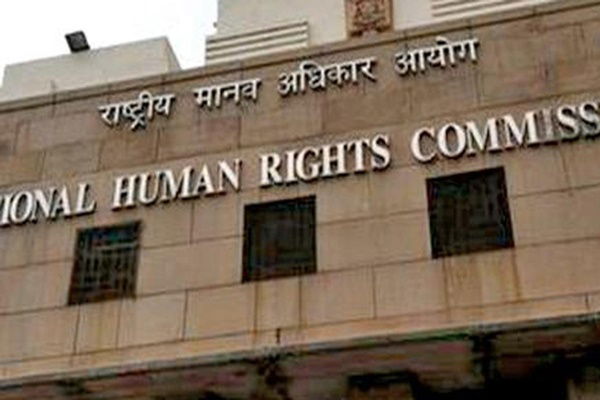NHRC takes suo motu cognizance of reported burning of girl student by cook in Bihar

NHRC takes suo motu cognizance of alleged abuse of girl student at Bihar residential school
Context:
The National Human Rights Commission (NHRC) has taken suo motu cognizance of a media report about a girl student who was reportedly burned with a hot spatula by her residential school cook after asking for food. The incident allegedly occurred at a residential school in Shakurabad, Jehanabad district, Bihar. The NHRC has issued notices to the Jehanabad District Magistrate and Superintendent of Police, requesting a detailed report within two weeks, including the health status of the injured student.
Significance of NHRC’s Intervention
- Protection of Vulnerable Groups: NHRC plays a crucial role in protecting children and other vulnerable groups, ensuring their rights are upheld in institutional settings.
- Accountability and Justice: The Commission ensures timely investigation and accountability of perpetrators through notices to local authorities.
- Victim-Centric Approach: Emphasis on the health status and rehabilitation of the victim reflects NHRC’s focus on holistic justice.
- Deterrence Effect: Suo motu actions serve as deterrents against future violations in state institutions.
Broader Issues Highlighted
- Child Protection in Institutions: The incident highlights the need for stringent oversight and safety protocols in residential schools.
- Systemic Reforms Needed: Strengthening grievance redressal, staff training, and regular inspections are essential to prevent abuse.
- Legal Safeguards: Effective implementation of laws like the Juvenile Justice Act, 2015 and the Protection of Children from Sexual Offences (POCSO) Act, 2012 is vital.
- Role of Media: Media reports are instrumental in triggering NHRC’s suo motu cognizance, reflecting the importance of free press and civil society vigilance.
Challenges in Enforcement
- Delayed Investigations: Procedural delays often hamper swift justice delivery.
- Resource Constraints: Insufficient manpower and infrastructure limit effective monitoring.
- Social Barriers: Victims may face stigma and fear, deterring them from reporting abuse.
NHRC Composition
- Chairperson:
- Must be a retired Chief Justice of India.
- Serves a term of three years or until attaining the age of 70 years, whichever is earlier.
Note - Term reduced from five to three years by the Protection of Human Rights (Amendment) Act, 2019.
- Members:
- One who is or has been a judge of the Supreme Court of India.
- One who is or has been the Chief Justice of a High Court.
- One member with knowledge or practical experience in human rights matters.
- Members serve the same term limits as the Chairperson.
- Secretary-General: Manages day-to-day administration.
- Appointment Process:
- The Chairperson and members are appointed by the President of Indiaon the recommendation of a committee consisting of:
- Prime Minister (Chairperson)
- Union Home Minister
- Leader of the Opposition in the Lok Sabha
- Leader of the Opposition in the Rajya Sabha
- Speaker of the Lok Sabha
- Chairman of the Rajya Sabha
- The Chairperson and members are appointed by the President of Indiaon the recommendation of a committee consisting of:
- For State Human Rights Commissions (SHRCs), appointments are made by the Governoron the recommendation of a state-level committee consisting of:
- Speaker of the State Legislative Assembly (SLA)
- Chairman of the Legislative Council (LC) (if applicable)
- State Home Minister
- Leader of Opposition in SLA
- Leader of Opposition in LC
Conclusion
The NHRC’s suo motu intervention in the Bihar residential school case underscores the importance of statutory human rights institutions in protecting marginalized groups. While NHRC actions bring immediate attention and accountability, long-term solutions require systemic reforms, capacity building, and awareness to ensure safe and dignified environments for all children.
Updated August 10, 2025, 2:10 PM | Source: NewsOnAir